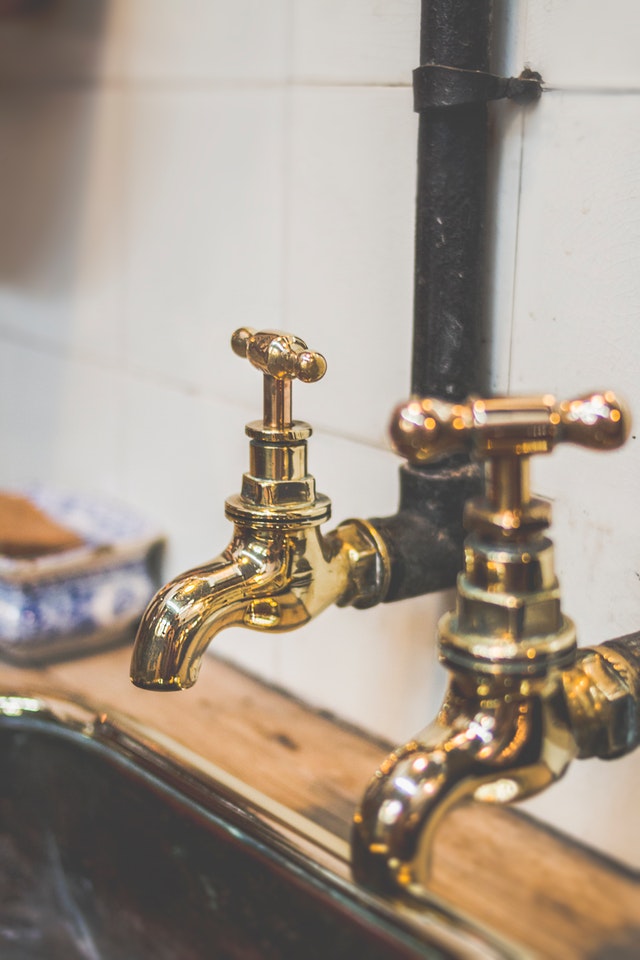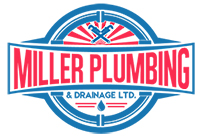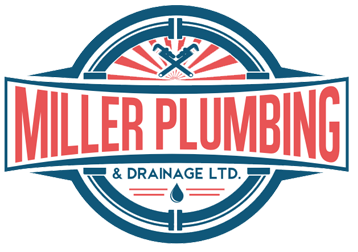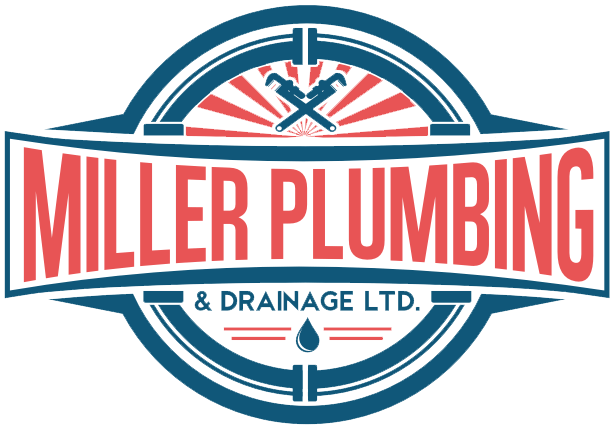Simple Tips for Maintaining Smooth-Running Faucets

These plumbing tips will help you keep your pipes and home plumbing faucets and fixtures in good working order.
Turn Valves On and Off
Make sure you turn off the main water supply and fixture valves periodically to make sure they don’t get stuck. You want to be sure you’re never in the position of not being able to turn your water supply off during an emergency or repair.
Inspect Pipes Annually
You should examine your distribution and drainage pipes for signs of leaks each year. You may find clues that your pipes are leaking along the length of the pipe or around fittings or fixtures. Signs of leaks may include rust, corrosion, and mineral deposits. You’ll also want to check the insulation of your hot water pipes periodically and replace any open or damaged areas of insulation. Another plumbing tip includes replacing aerators on faucets several times each year. Give us a call if you are unsure or need some guidance. We are glad to help!
Low Showerhead Pressure
If your showerhead is clogged with years of build-up from mineral deposits in the water and spurting water, it may need thorough cleansing. To begin cleaning your shower head, you first must remove the head. Before you start using the pliers to loosen the head, wrap the chrome parts in a towel or something of that nature. Wrapping the parts in a towel will keep the pliers from scratching the chrome. To clean the showerhead once it has been removed, heat vinegar (do not boil) and pour it into a container. Place the showerhead in the vinegar and let it soak for 10 to 12 hours. Check the holes on the showerhead. If you see that some of the holes are still clogged, use a very thin wire and poke each hole before rinsing. Once you have cleared all of the holes, rinse the showerhead vigorously with hot water. For those stubborn mineral deposits, try scrubbing the showerhead with a small brush such as a toothbrush.
Flushing your Hot Water Tank
Electric water heaters: be sure to turn the power off at the main service entrance box (circuit breaker or fuse box). If it’s gas: turn the red temperature dial to vacation. At the top of the water heater tank is the cold water inlet valve. Turn it off. At the bottom of the tank is a hose bib (drain valve). If you have a floor drain, place the end of the hose in the floor drain. The top of the water heater coming from the cold water inlet line is normally a flex hose that’s connected to the top of the water heater, allowing the water into the tank. Using pliers, unscrew the flex-hose connection at the top of the water tank and just flop it over out of the way. This relieves the water pressure in the water supply line and tank, allowing air to enter the tank for easy drainage. After the tank is drained once, re-fill it about half full and drain it one more time. Now you have cleaned your unit and you are ready to close it back up. Make sure you have the flex-hose on tight again and no drips at the top of the tank. Have some pipe-dope on hand just in case any drips appear. Also while the tank is empty, it is a good time to make sure it’s level. If not, shim and make the tank level before you refill with water. If you have noticed bad odors coming from your water; smells like sulfur or rotten eggs, it could be bacteria inside the hot water holding tank. First, re-hook the inlet connection line and allow the tank to re-fill at least half-full. Add one gallon of bleach using a funnel, pouring it in at the top of the water heater at the inlet opening. Then fill the tank allowing it to sit for about 30 minutes. This should kill any bacteria in the tank. 30 minutes later go to each plumbing fixture (bathtubs, sinks, etc.) and turn on the hot water side and let it run for about 15 minutes. This should remove most of the bleach in the tank and you’re good to go for another year. (If you are in doubt about performing any of these tasks, just give us a call, we are always glad to help).





